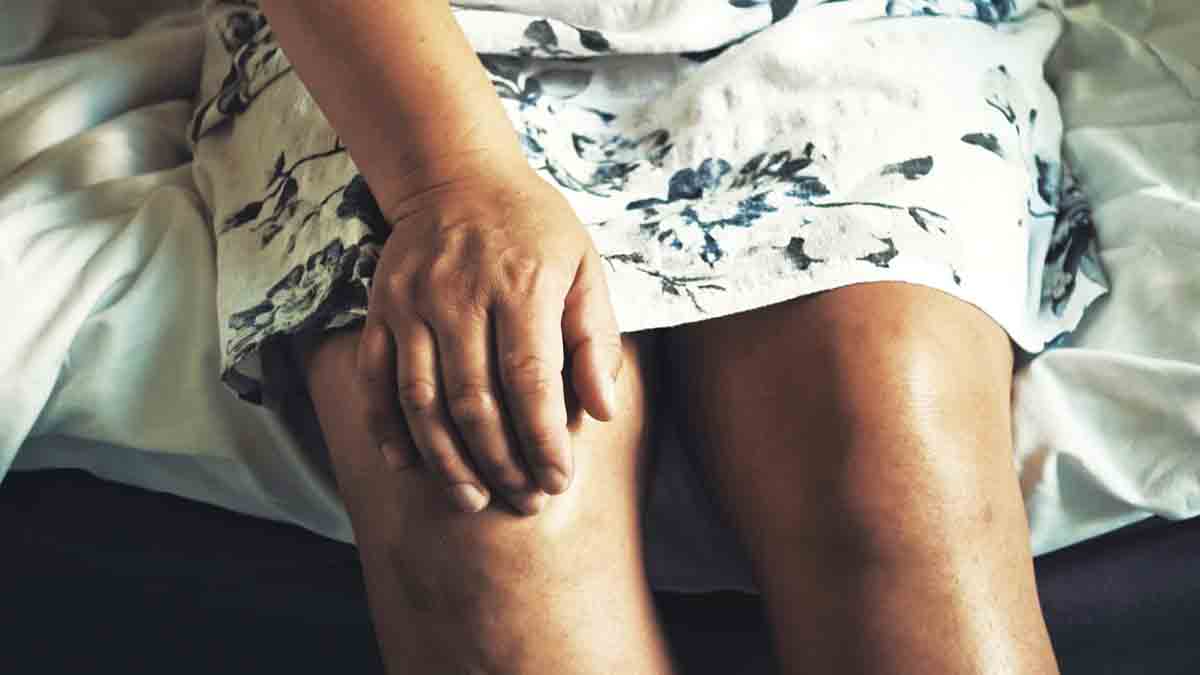 A lot can be done to manage osteoarthritis and reduce its impact on our lives
A lot can be done to manage osteoarthritis and reduce its impact on our lives
By Paul Bolger. Chartered Physiotherapist at Nano Physiotherapy, Kilkenny (www.nanophysio.ie).
So, you have been told you have osteoarthritis. What can you do? Quite a lot actually.
Before we get into the steps to take, it’s important to recognise that while we cannot reverse osteoarthritis, there is plenty that will reduce the pain, stiffness and the impact of the condition.
International guidelines created by experts from around the world break treatment down into 3 stages. The first stage is for everyone, the second stage is for some, and only a small percentage will go to the third stage.
Stage 1: Exercise, Education, Weight Loss – for all
This is for everybody with osteoarthritis, and many will never need to move beyond this step. Exercise will not cause further harm. In fact, many people with osteoarthritis will benefit from it.
General exercise is key. The type that gets your heart rate up, breathing heavier and maybe even working up a sweat. While all movement is great, low impact activities such as swimming and cycling may be useful for those with more pain or while going through a “flare up”.
Strengthening exercises are advised too. Often when we suffer from pain our bodies find all sorts of ways to shift weight away from the affected joints. We compensate. We move differently. Over time this may lead to weaker muscles, and joints that can’t tolerate as much strain as before. Strengthening exercises can help to overcome this.
Weight loss has been proven to be effective at reducing osteoarthritis symptoms and pain. For those carrying a little extra weight, losing 5-10% of their body weight in a healthy, sustainable way is a great starting point.
Finally, educate yourself. Get information from trusted sources like ‘Arthritis Ireland’ and registered healthcare professionals (don’t rely on online accounts or opportunists profiting from gimmicky products or treatments).
If you suffer significantly with osteoarthritis, it is best to work with a healthcare professional trained in movement to develop a programme that works for you.
Stage 2: Passive Therapies and Medication – for some
Some people may need further help – therapies like ice or heat might be useful, pain-relieving medication and NSAIDs (non-steroidal anti-inflammatories e.g. ibuprofen) may help, or, for some, a steroidal injection into the affected joint may offer short-term relief (up to 3 months) should it be required. Your GP can advise on medication for you.
Occasionally, if you suffer from a flare of your condition, temporary use of passive therapies can offer some relief until your symptoms settle.
Stage 3: Surgery – for a few
A small percentage of people with osteoarthritis end up needing a joint replacement. However, most people will never get to this point.
If a person has given the above stages a good go for a period of months or years – they have worked on strength and fitness maintained a healthy weight and understand their condition – but they still suffer significantly from pain and struggle significantly with day-to-day tasks, then they may be a good candidate for joint replacement surgery. After surgery, rehabilitation awaits.
This has been an overview of what the best practice guidelines say about osteoarthritis management. As always, we are all different and individual advice and programming from a registered healthcare professional is advised.

















